Mechanical properties of steel
 May 06, 2017|
May 06, 2017| View:567
View:567Mechanical properties of steel
Mechanical properties are often referred to as elasticity, plasticity, stiffness, aging sensitivity, strength, hardness, impact toughness, fatigue strength, and fracture toughness.
Elasticity: the deformation of a metal material under external force and the ability to regain its original shape when taken out of an external force.
Plasticity: the ability of a metal material to produce permanent deformation without causing damage when subjected to the external force.
Stiffness: the ability of metal materials to resist elastic deformation when subjected to force.
Strength: the ability of metal materials to resist plastic deformation and fracture under external force.
Hardness: the ability of metal materials to resist stiffer objects pressed into them.
Impact toughness: the ability of metal materials to resist fracture under impact loading.
Fatigue strength: the maximum stress that occurs when a metal material is subjected to numerous repeated or alternating loads without causing the fracture.
Fracture toughness: the performance index used to reflect the material's ability to resist crack expansion
Example: GB 45#
mechanical property
Normalization: 850;
Quenching: 840;
Tempering: 600;
Tensile strength: no less than 600Mpa;
Yield strength: no less than 355Mpa;
Elongation: 16[1]%;
Shrinkage: 40%;
Impact work: 39J;
Steel delivery status hardness [1]:
Hot rolled steel: less than 229HB
Annealed steel: less than 197HB
Component editor
The main component is Fe (Tie Yuansu), and contains the following elements:
C:0.42~0.50%
Si:0.17~0.37%
Mn:0.50~0.80%
P: = 0.035%
S: = 0.035%
Cr: = 0.25%
Ni: = 0.25%
Cu: = 0.25%[1]
Density 7.85g/cm3, elastic modulus 210GPa, Poisson's ratio 0.269.
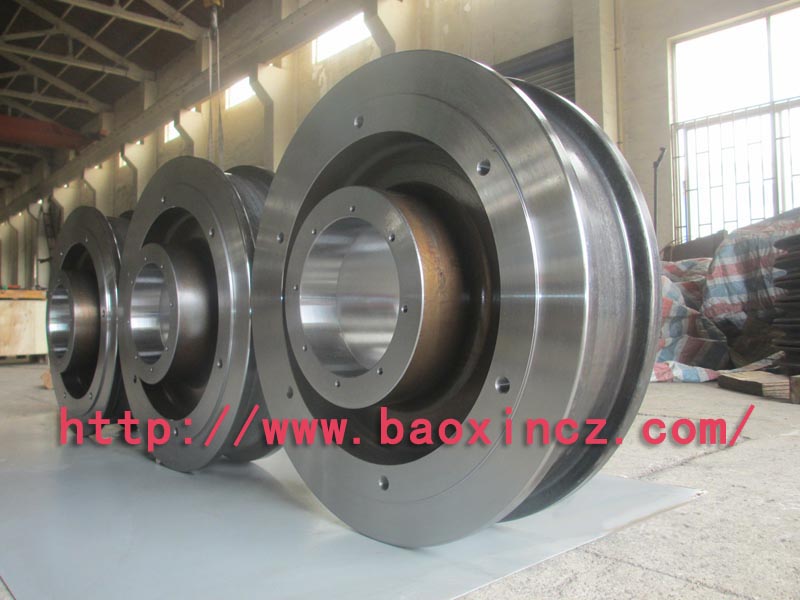
BAOXIN WHEEL



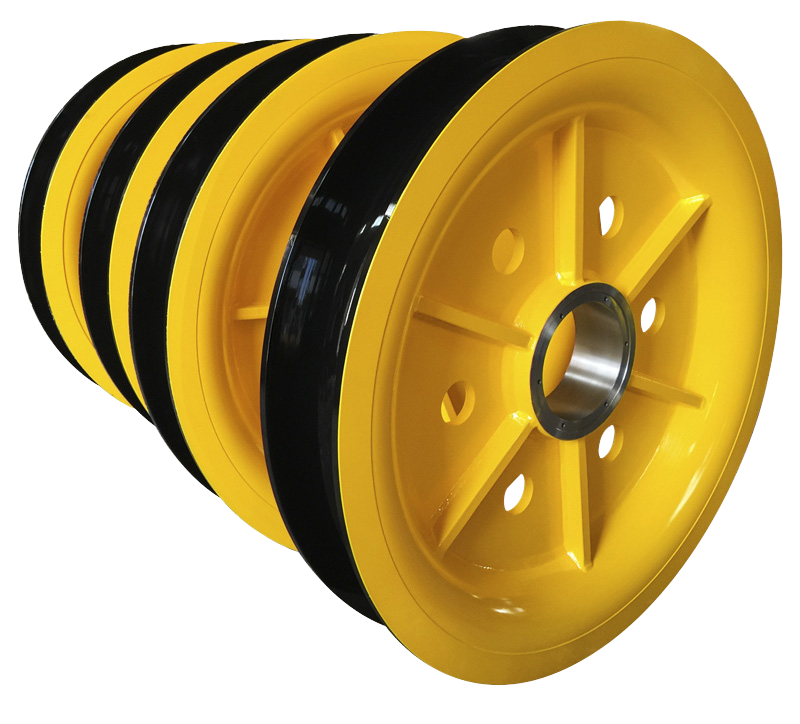
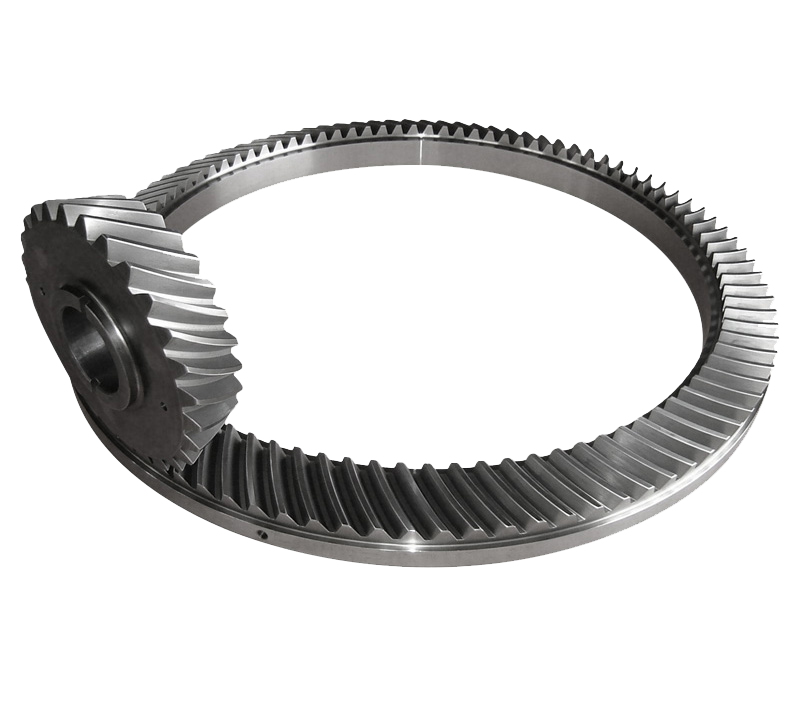
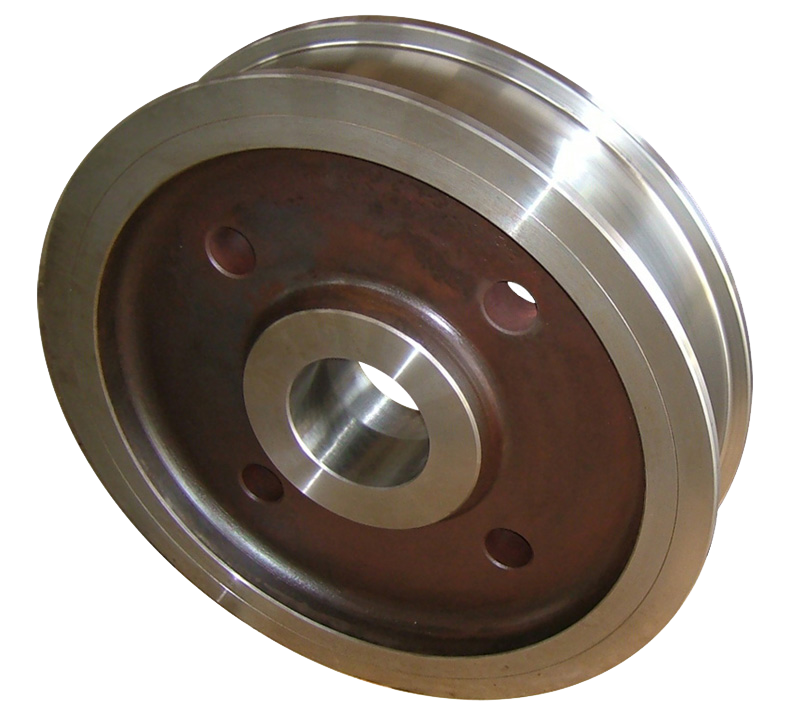
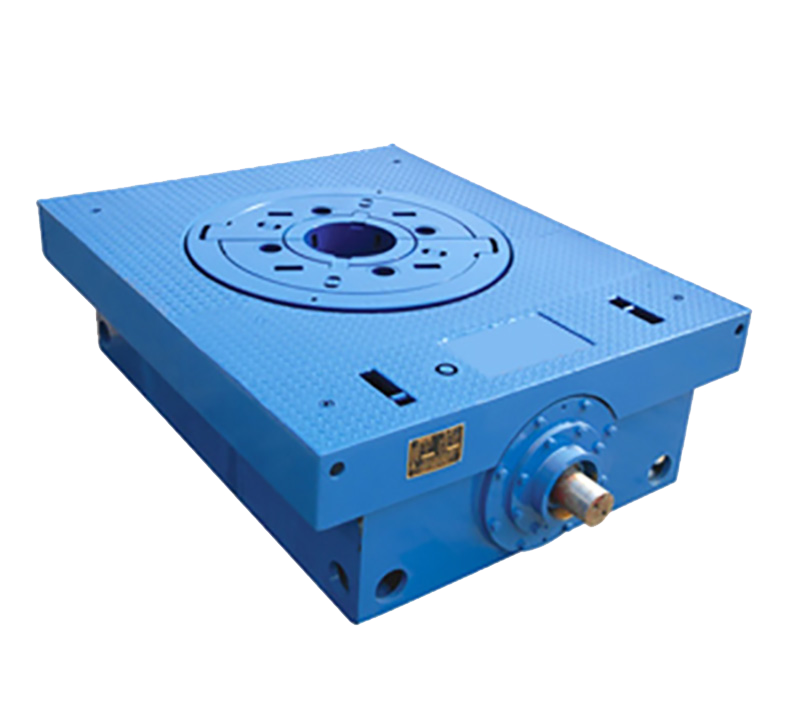
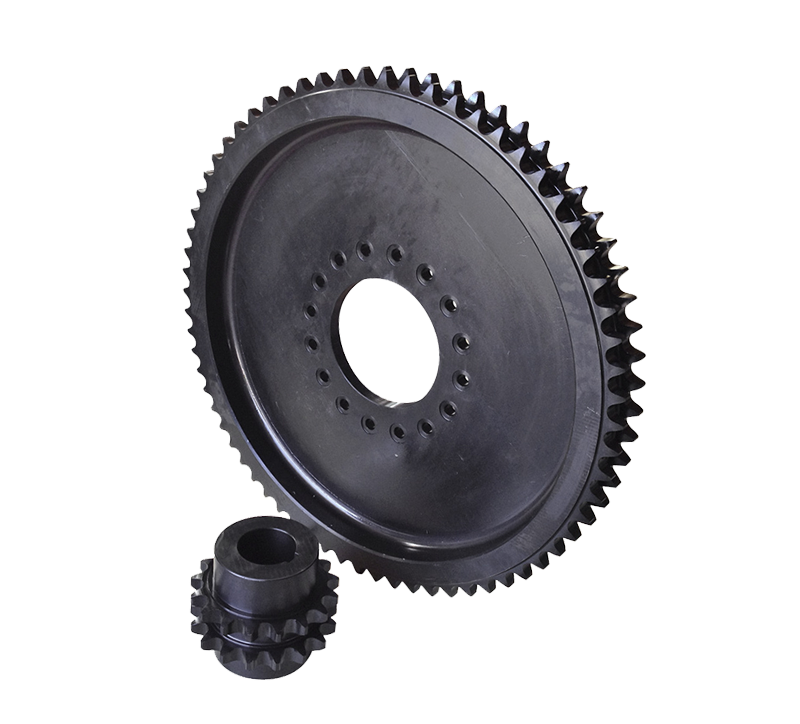
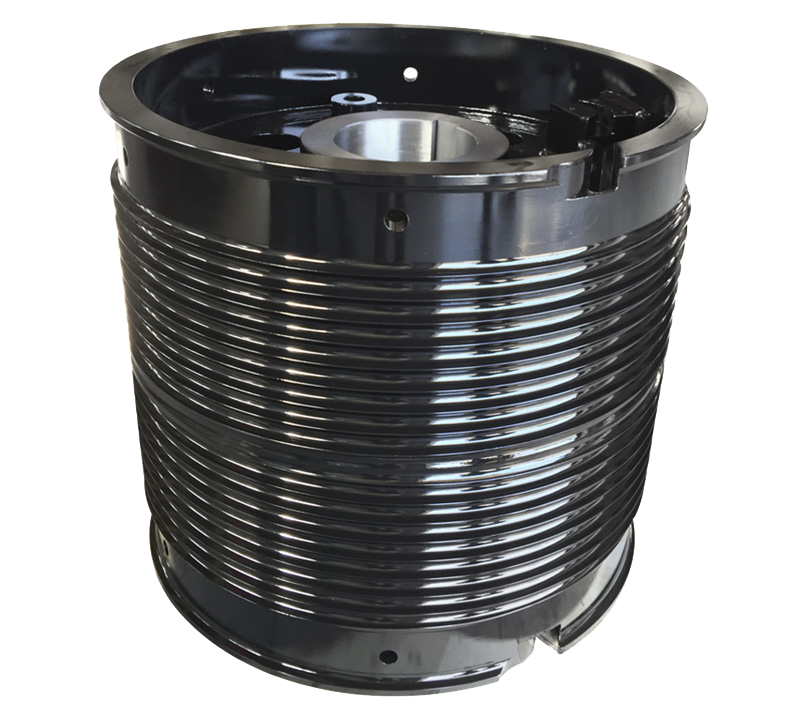



View More(Total0)Comment lists